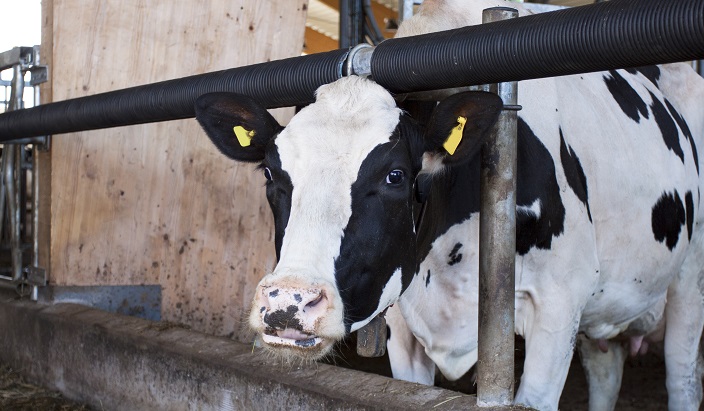The freshly calved cow is genetically programmed to produce high levels of milk, however, to ensure maximum performance, it is essential to implement a feeding and management strategy.
The first number of weeks before, and after calving, are the most critical periods in the production cycle of the modern dairy cow. The consequences of failing to feed freshly calved cows adequately during this period can be significant and can lead to costs such as lower production, slower returns to heat cyclicity, and subsequent poorer fertility. Lower peak yields will also mean a lower milk performance for the rest of the lactation.
To keep your freshly calved cows healthy and productive during their lactation, follow our step-by-step management guide below:
Key Areas to Monitor:
- Body Condition Scores (BCS): Are your cows holding their pre-calving BCS? If your cows are losing condition in the weeks post calving, it must be addressed promptly by seeking professional advice.
- Milk Yield: Are your cows milking to their potential? Lower yields will mean a lower milk performance for the rest of the lactation.
- Milk Fat to Protein Ratio: The ratio of fat:protein is an excellent indicator of cow health and feed efficiency. The ideal butterfat:protein ratio is circa 1.27:1. Where the ratio goes above 1.5:1, strict attention should be paid to cow health as there is a strong possibility of ketosis in the affected animals. Where the ratio drops below 1.2:1, a possible link to rumen acidosis exists.
- Dung Consistency: Dung that appears firm indicates that the cow’s diet may be too low in protein and too high in fibre. A loose and thin consistency suggests excess protein/carbohydrates or low fibre, which may possibly lead to acidosis.
Key Tips:
- Maximise dry matter intake (DMI) through a well-balanced diet formulation and continuous assessment of rations fed to cows.
- Supplement with adequate concentrates to allow your cows to perform in line with the forage they are currently consuming and not the amount they received in recent years when grass was a contributor to their diet.
- Ensure that there is a minimum of 600-800 mm feed space per cow, along with clean drinking water and ample drinking points.
- Introduce concentrates slowly over a five to ten-day period post-calving. Adding concentrates too quickly, in an attempt to provide energy is a recipe for Sub Acute Rumen Acidosis. Introducing a high quality rumen buffer such as Rumicare from Agritech will help counteract rumen and intestinal acidity and has the added benefit of providing much needed calcium, magnesium and sodium for the early lactating dairy cow.
- Continue to analyse your cow’s BCS on a regular basis. It is vitally important to maintain adequate BCS to ensure that the cow quickly returns to cyclicity in advance of the breeding season.
- Supplementation of post-calving minerals is a much-neglected area, as many dairy farmers assume there are enough minerals in the purchased concentrate. However, unless there are very high levels being fed, this is rarely the case. The post-calving diet needs to be carefully monitored to ensure that the cow receives adequate levels of macro and trace minerals at this important time. Take a look at our Welmin Mineral Range brochure here, which features a number of products suitable to help you get the most from your freshly calved cow.
- Introduce grazed grass into the diet as soon as possible.
Our team are available to help you ensure maximum performance from your freshly calved cow. To find out more, contact your local Agritech distributor or click here.


